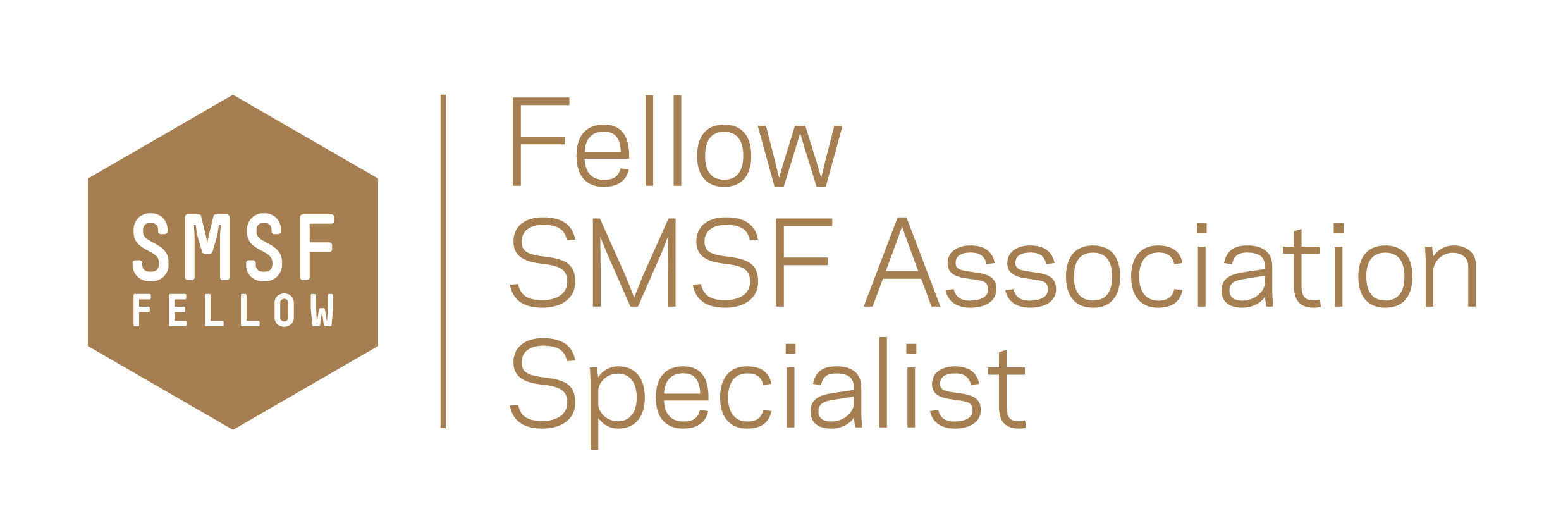Years after the 2008 financial crisis and some people have been slow to regain confidence in the share markets and low cash and term deposit interest rates leave them cold. A growing number of people have considered shifting their superannuation to the more self- directed option of a self-managed superannuation fund (SMSF). 
Small to Medium Business owners have always been at the forefront of adopting SMSFs and they have been particularly interested in this rapidly growing area for greater control of their superannuation savings and the flexibility of investments allowed in a SMSF structure. However the ability to either transfer their business premises into their SMSF via a contribution or sale, depending on their cash flow circumstances, has been attractive to many business owners.
Current legislation governing SMSFs, the SIS Act, allows a SMSF to acquire only three types of assets from the members or a related party. These assets are business real property, widely held managed funds and listed securities (shares).
Business real property is best defined as “any freehold or leasehold interest of the entity in real property where the real property is used wholly and exclusively in one or more businesses (whether carried on by the business or not).” This definition does not allow much leeway so you should seek professional advice to ensure that your property satisfies the requirements of the “wholly and exclusively” business use test and meets the definition of business real property prior to implementing this strategy
Benefits:
- Release equity to build the business – you can access superannuation funds to help fund business growth prior to retirement by way of a cash purchase by the SMSF.
- Tax minimisation – the property moves in to the concessionally taxed superannuation environment; 15% tax rate while members are in accumulation phase or exempt from tax when members are in pension phase.,
- Asset Protection – to protect the value of the business real property in the event of bankruptcy, litigation or changes to your industry destroying your market.
- Build funds for retirement – you have a bricks and mortar investment to boost your retirement funds earning market rent at concessional rates with the ability to avoid any CGT if sold later.
- If you are seeking new premises then buying in your super fund allows you the security of tenure that comes with being your own landlord.
- Helps in preparing a business for transfer or sale. If the new owner or family members cannot afford to buy the business and the property, you can sell the business premises and lease them the property.
Risks:
- You should always ensure the strategy meets the Sole Purpose test of providing for your retirement. It should stack up as a stand-alone investment in its own right.
- If your business should fail and you can no longer lease the premises the you are hit with a double whammy with no income in your personal name and possibly an asset that is hard to lease to a new third-party
- While it may be a sound investment now, things may change and your company may outgrow the premises leaving you again with a commercial property that may be hard to sell to extract equity for your next move.
- Commercial, retail and industrial property is often a good income orientated investment with income well above that available from residential property but rarely sees the same degree of capital growth. You need to be aware of the trade-off and a diversified portfolio should be considered.
- Once you are in pension phase you will need to fund pensions so you need to ensure liquidity in the fund. This is fine while rented or you can make contributions but remember if not working after age 65 you cannot make further contributions to help with liquidity.
Transfers of business real property purchased from related parties must be transferred at current market value as if the transaction was to occur on an arm’s length basis. This requirement allows for very little manipulation of the market value and heavy penalties could apply if any transfer value didn’t stand up to audit and ATO scrutiny.
So you have three or more options when it comes to the strategy. Your SMSF can buy the property utilising cash currently within the SMSF as a normal purchase. If your fund does not have enough cash then you can look at using a Limited Recourse Borrowing Arrangement to borrow the shortfall. More details on that strategy can be found here.
Alternatively, you can structure the deal as an in-specie transfer (a contribution of an asset, in this case property, instead of cash). You are still subject to member contribution caps but we have moved properties worth up to $500,000 in for couples and $1,000,000 where the SMSF had 4 members using a combination of concessional contributions limits and the 3-year bring forward rule on non-concessional limits.
You may also be able to use the Small Business CGT concessions in conjunction with a short term LRBA to move a property of up to $1.445,000 in to the fund with careful planning.
The whole deal has been sweetened by the fact that a number of the State Revenue Offices including NSW OSR have allowed concessional stamp duty stamp ($500) on in-specie property transfers whereby no cash has changed hands. This stamp duty saving can make transferring the business premises into a SMSF much more attractive. It should be noted that stamp duty is a state tax with no uniformity between states. Please seek legal advice always when dealing with stamp duty on property transfers and tax advice when moving assets between entities.
Remember the core philosophy behind Superannuation is that they must adhere to the Sole Purpose Test. While a strategy may help your business currently, its primary goal should be to provide for your retirement so the investment should always stand up as a viable investment regardless of your internal lease arrangements.
Check out the most common mistakes people make when dealing with property, borrowing and a SMSF here:
Property through super in a SMSF – Part 3: 20 most common mistakes
SMSF Borrowing: What Can I Do With An Investment Property Within The Rules.
Stamp Duty on Transfers of Property to an SMSF as at 01 Jan 2015
Keep updated by putting an email address in on the left hand column and pressing the “Sign me up!” button.
Are you looking for an advisor that will keep you up to date and provide guidance and tips like in this blog? then why now contact me at our Castle Hill or Windsor office in Northwest Sydney to arrange a one on one consultation. Just click the Schedule Now button up on the left to find the appointment options.
Bye for now.
Liam Shorte B.Bus SSA™ AFP
Financial Planner & SMSF Specialist Advisor™

Tel: 02 9899 3693 , Mobile: 0413 936 299
PO Box 6002, Norwest NSW 2153
40/8 Victoria Ave. Castle Hill NSW 2154
Corporate Authorised Representative of Viridian Advisory Pty Ltd (ABN 34 605 438 042) (AFSL 476223)
This information has been prepared without taking account of your objectives, financial situation or needs. Because of this you should, before acting on this information, consider its appropriateness, having regard to your objectives, financial situation and needs. This website provides an overview or summary only and it should not be considered a comprehensive statement on any matter or relied upon as such.













Necia Merrells
/ November 8, 2017Hi, I love your webpage and think we could do with a coach regarding our SMSF! Currently my question is whether a SMSFs could buy a half share of a personally owned business property ? Or does the rule regarding arms length apply to us as well?
We ran our business for 20years from a property and now rent to new business owners. We planned to transfer the whole property into our superfund but upon evaluation discovered it was worth twice what we expected!
Many thanks!
LikeLike
SMSF Coach - Liam Shorte
/ November 8, 2017Hi Necia, I have to be careful here as I assume this is a valuable asset and I can only give general advice without the full background details. A person can normally transfer part ownership of a Business Real Property to an SMSF regardless of the fact of who is using it for business. Depending on the state or territory you may be entitled to Stamp duty concessions and also you should be looking the CGT consequences as it would be a CGT event.
Contribution caps of course need to be considered as part of the strategy and the value of the property may determine whether it can be transferred wholly as a contribution in specie in one income year, partially transferred as you have indicated or staggered over a number of income years or whether the fund might purchase part of the property making use of borrowing rules
So there is no problem with the SMSF owning say 50% of the property and the current owners retaining 50% in their own names as it is a Business Real Property.
Please seek professional advice on your individual circumstances before using any strategy. I am available if you are in NSW and happy to work with your accountant and lawyer to review your circumstances.
Best wishes
Liam
LikeLike
Brett Ryan
/ June 5, 2016Age 62, married
Self employed
Asetts – Serviced apartment (mortgage)
– Rural subdivision developement (in NZ, freehold)
Is it worth me considering a SMSF
LikeLike
SMSF Coach - Liam Shorte
/ June 5, 2016You should speak to a specialist on structuring the development entity for your NZ asset. This may or may not involve use of an SMSF, unit trust or JV company. Look st NZ side first the if worth getting AuS assets involved.
LikeLike